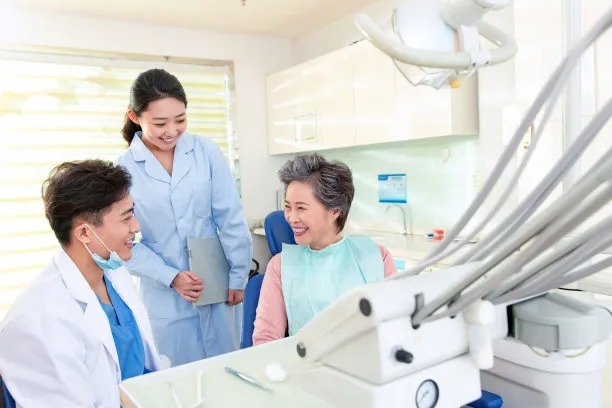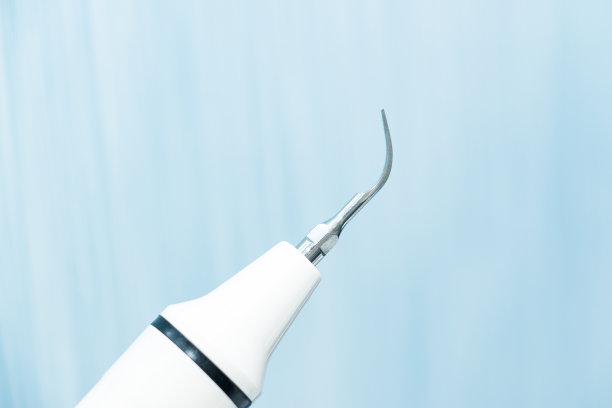Revolutionary Advances in Dental Implant Treatment Enhancing Smile Restoration and Patient Comfort for a Brighter Future in Dentistry
Summary: In recent years, remarkable advancements in dental implant treatment have significantly transformed the landscape of dental restoration. These innovations not only enhance the aesthetic aspect of smile restoration but also prioritize patient comfort and experience. This article explores four key areas: cutting-edge technologies in dental implants, the role of immediate loading techniques, improved biocompatible materials, and advances in patient-centered care. These developments are setting a new standard for dental practices and providing a promising outlook for the future of dentistry. Together, they herald a new era where patients can expect better results, faster recovery times, and ultimately, a brighter smile.
1. Cutting-Edge Technologies in Dental Implants

Recent technological advancements have revolutionized dental implant procedures. One of the most significant breakthroughs is the use of 3D imaging and computer-aided design (CAD). These technologies facilitate precise planning and placement of dental implants. By creating accurate digital models of a patient’s dental structure, dental professionals can achieve better outcomes, ensuring implants fit seamlessly within existing oral anatomy.
Additionally, guided implant surgery allows for minimally invasive techniques. This means smaller incisions, reduced pain, and faster recovery. With the help of these technologies, the use of robotic systems has also emerged in implant placements, further enhancing precision and reducing the chances of human error.
These advancements serve not only to improve surgical results but also to increase the efficiency of the overall treatment process. Enhanced technology leads to quicker procedures and shorter appointment times, which is advantageous for both patients and dental practices.
2. The Role of Immediate Loading Techniques
Immediate loading techniques represent another revolutionary advance in dental implant treatment. Traditionally, patients had to wait months after implant surgery for osseointegration—the process through which the implant fuses with the jawbone—before receiving their final crowns. However, with immediate loading, patients can receive a temporary crown on the same day as their implant placement.
This technique has drastically reduced the waiting period, allowing patients to leave the office with a functional and aesthetic smile. It significantly enhances patient satisfaction by minimizing the time spent without teeth and enables them to return to their daily activities with confidence.
Moreover, immediate loading techniques can promote better bone healing as the functional load on implants encourages osseointegration. By maintaining the implants stability while allowing for immediate aesthetics, this method is increasingly becoming a preferred option in restorative dentistry.
3. Improved Biocompatible Materials
The materials used in dental implants have also seen revolutionary advancements. Titanium has long been the preferred material due to its strength and low risk of rejection. However, new biocompatible materials, including zirconia, are gaining popularity due to their aesthetic qualities and ability to blend more naturally with existing teeth.
Zirconia implants offer a tooth-colored alternative that is not only aesthetically pleasing but also less likely to cause allergic reactions compared to traditional metal implants. This aspect is particularly important for patients concerned about allergies or those seeking a metal-free option.
Furthermore, advancements in surface technology, such as coatings that promote quicker integration with bone, are enhancing the success rates of dental implants. These developments signify an era of tailored treatment options that cater to individual patient needs and preferences, thus improving overall satisfaction.
4. Advances in Patient-Centered Care
Patient comfort and experience are becoming pivotal in the field of dentistry, especially concerning dental implant treatments. Innovative sedation techniques ensure a pain-free experience during procedures. Modern dental practices now offer various sedation options, including nitrous oxide and oral sedation, helping to reduce anxiety and discomfort for patients.
Additionally, comprehensive patient education is integral to contemporary dental practices. Patients can now use digital platforms to access information about their treatment, enhancing their understanding and enabling informed decisions regarding their dental health. This fosters a partnership between the patient and the practitioner, ensuring a tailored approach to treatment.
Follow-up care has also improved, with digital tracking systems in place to monitor patient progress post-implantation. This advance ensures that any complications can be addressed promptly and effectively, enhancing overall patient experience and outcomes.
Summary: The field of dental implant treatment is evolving rapidly, driven by innovations that enhance both aesthetic outcomes and patient comfort. By utilizing cutting-edge technologies, immediate loading strategies, improved materials, and patient-centered approaches, the future of dentistry looks promising. As these revolutionary advances continue to shape dental practices, patients can look forward to not only restored smiles but also a significantly more comfortable experience.
This article is compiled by Vickong Dental and the content is for reference only.



